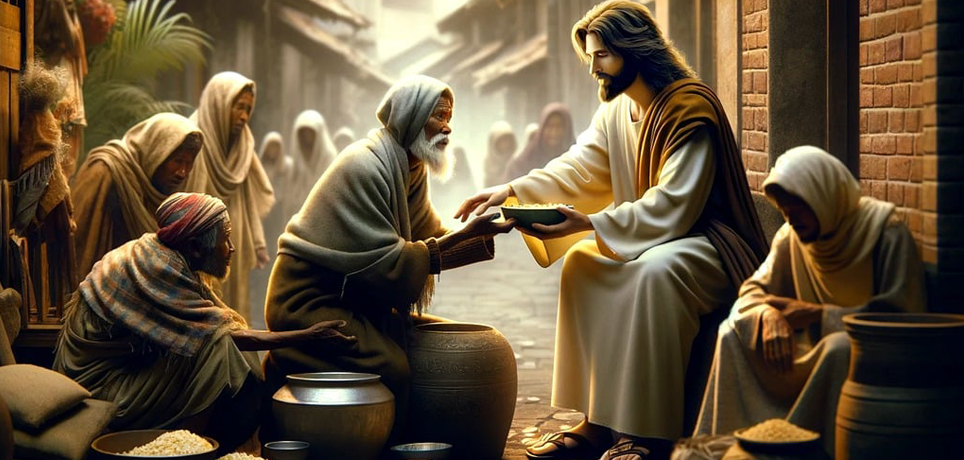
In Kabbalah and in Jewish thought more generally, Tikkun Olam (תיקון עולם) is a central concept that refers to the repair or restoration of the world. In Mormonism, we call this “the restoration of all things.” These terms are used interchangeably in Mormon Kabbalah. While the term Tikkun Olam is often translated as “repairing the world,” it holds a deeply spiritual and mystical significance in Kabbalistic teachings, where it is closely tied to the idea of spiritual rectification (Tikkun) and the restoration of harmony between the divine and the material world. (See Neum 7:29, 8:34; 2 Nephi 1:73-75 [2:8]; Mosiah 2:42-43 [4:26]; Alma 12:178-180 [19:36]; Moroni 7:52b-53 [7:47-48].
This concept of repairing the world can be understood in the context of the Book of Mormon as both personal and communal purification—a process of aligning individuals and societies with divine will. The Nephite prophets, who studied the Plates of Brass, emphasized the importance of covenant-keeping, repentance, and righteous living as the means of achieving spiritual renewal and societal harmony. This perspective resonates with Nephi’s teaching that keeping God’s commandments leads to prosperity and preservation in the promised land (1 Nephi 1:116 [4:14]). Through their study of the Plates of Brass, the Nephites learned to see purification not only as an individual process but as a communal effort to establish Zion, a society founded on principles of peace, justice, and divine order (Mosiah 9:54 [18:21], 4 Nephi 1:3-4 [1:2-3]).
The Plates of Brass further illuminate the connection between purification and Tikkun Olam by highlighting Israel’s role as a covenant people tasked with being a light to the nations (1 Nephi 6:36 [21:6] (quoting Isaiah 49:6); Neum 1:9, 3:18). This communal responsibility involves creating a sanctified community through repentance, adherence to God’s will, and collective devotion to righteousness. The Nephite understanding of Tikkun Olam bridges the personal—purifying one’s heart and actions through humility and faith (Ether 5:27b-28 [12:26b-27])—with the communal, striving to repair relationships, restore justice, and prepare the earth for the fulfillment of God’s covenant promises, culminating in the establishment of Zion as a city of refuge and peace (Doctrines of the Saints 26c:79-85 [Doctrine and Covenants 45:12c-13b RLDS, 45:65-69 CJCLdS])
Scripture Passages for Discussion
And so too shall it be that in the last days, the daughters of Israel shall lead us once again in worship and in ritual, and in learning.” -Neum 7:29
But before Zion can be built, Israel must find Zion in their hearts, that they be purified and become a people of peace.” -Neum 8:34
For verily, verily, I say unto you: He that hath the spirit of contention is not of me, but is of the devil, who is the father of contention; and he stirreth up the hearts of men to contend with anger one with another; behold, this is not my doctrine, to stir up the hearts of men with anger one against another; but this is my doctrine, that such things should be done away.” -3 Nephi 5:30-31 [11:29-31]
And the glory which thou gavest me I have given them; that they may be one, even as we are one.” -John 17:22
Come unto Christ, and be perfected in him, and deny yourselves of all ungodliness; and if ye shall deny yourselves of all ungodliness and love God with all your might, mind, and strength, then is his grace sufficient for you.” -Moroni 10:39 [10:32]
I say unto you: Be one, and if ye are not one ye are not mine.” -Doctrines of the Saints 24:38 (Doctrine and Covenants 38:6a CoC, 38:27b CJCLdS)
The call for Zion to be found in the heart reflects the Kabbalistic idea of repairing the world by starting with inner transformation. This mirrors the Nephite prophets’ teachings on individual purification as the foundation for collective harmony. Moral and spiritual refinement are prerequisites for becoming a people of peace. The prophetic focus on Zion and unity suggests that Nephite prophets drew inspiration from Neum’s inward-facing approach to the restoration.
Discussion
Discuss how Moroni’s focus on Christ’s grace as a transformative power echoes Neum’s emphasis on YHVH’s central role in guiding humanity toward wholeness.
Discussion Questions
If you are taking this course independently, please use the quiz to turn in your answers.
- The scriptures speak of finding Zion in one’s heart. What does this mean to you personally? How can this be realized in your daily life?
- After reflecting on the discussion topic above, how does Moroni’s invitation to “come unto Christ and be perfected in Him” parallel Neum’s call for purification?
- What role does community play in supporting personal spiritual growth?
Suggestions for Action
- Commit to a small, consistent spiritual practice like prayer, meditation, and/or scripture study aimed at personal purification.
- Volunteer in a community activity that fosters peace and unity, such as conflict resolution or community service.
- Host or join a small group discussion or study circle focused on inner transformation as a means of repairing the world. Or create a journal or blog dedicated to this topic.
Meditation
Reflect on your personal journey of spiritual and moral purification. How do your actions contribute to the collective harmony of your family, community, and broader society? Visualize yourself as a part of Zion—a people of peace.